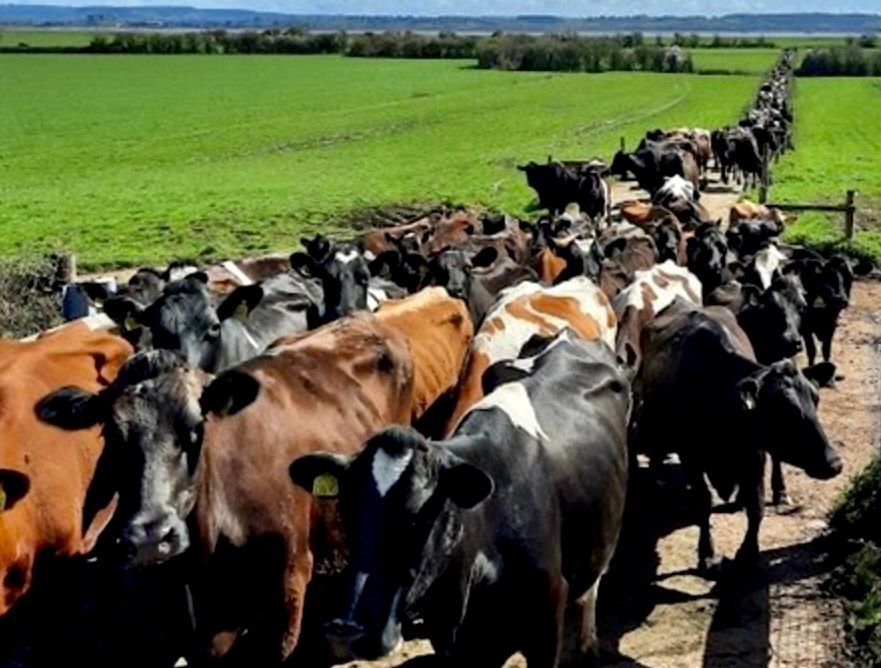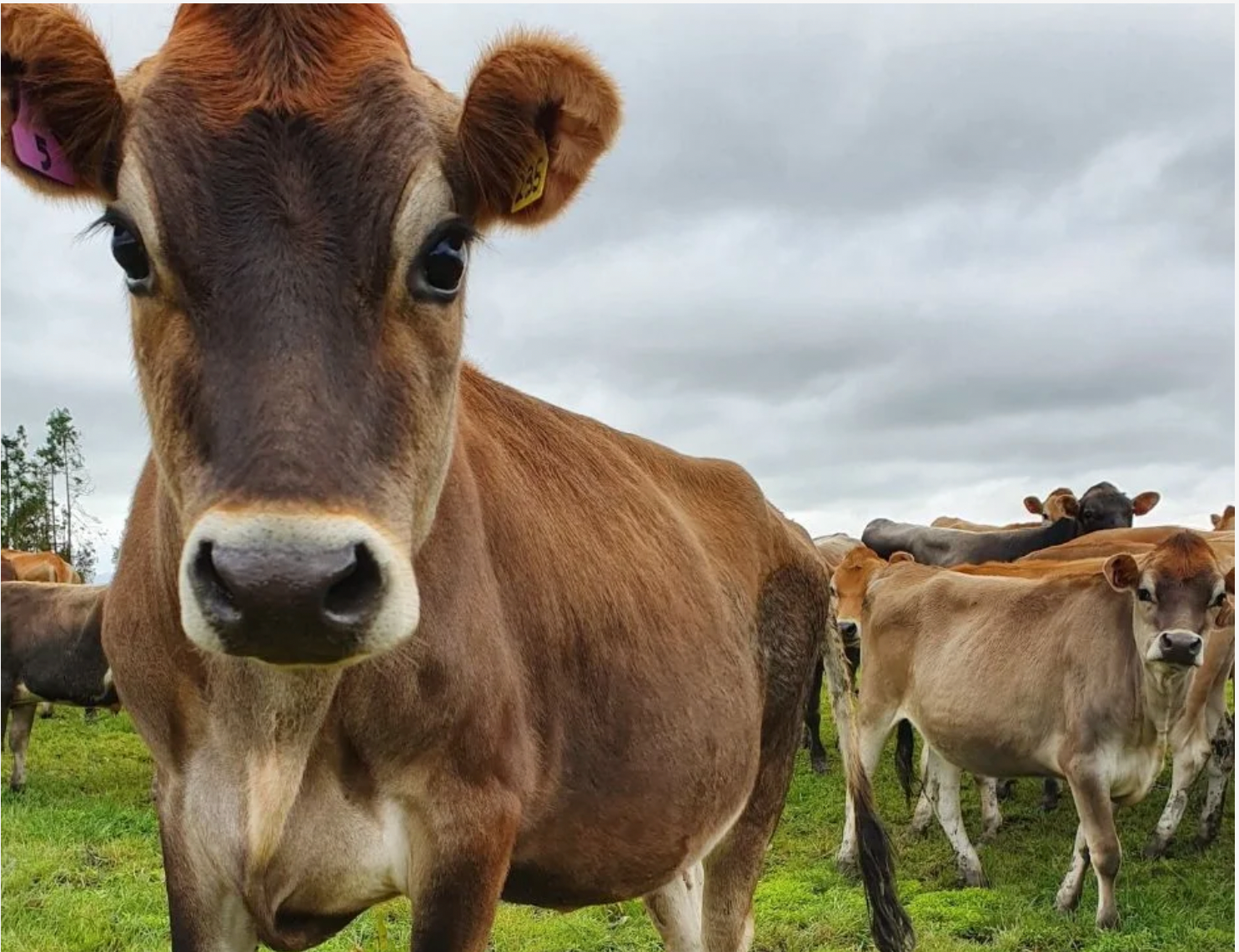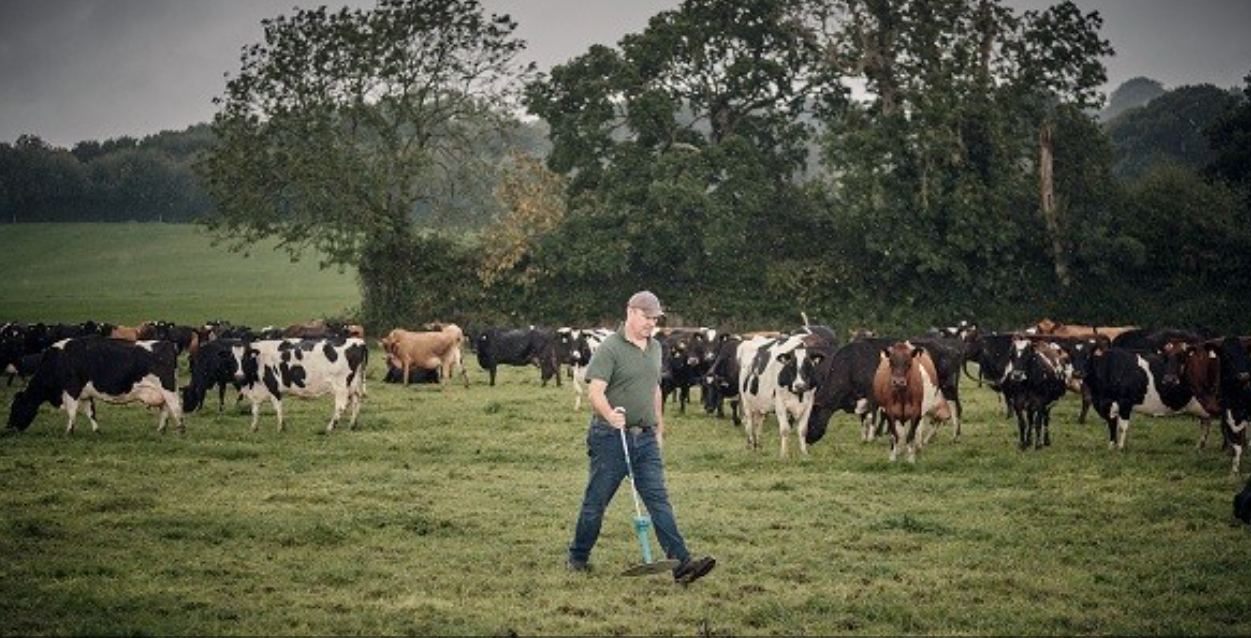FARM
Our farm VISION
Grass based dairy farming can be part of a climate and biodiversity solution, if managed regeneratively.
At Lydney Park we are introducing more regenerative practices every year. The starting point is to do as much as possible to mimic natural processes, so our grazing system is rotational with large numbers of cows grouped together to graze one field for a very short period (one day or less) and then leaving that field to rest for 3 or 4 weeks. Think of it as a modern version of the bison moving through the landscape of America only a few hundred years ago. This rotational grazing means that every field only sees cows for 7-8 days in the whole year the rest of the time it is regrowing and resting, this means that the plants grow deeper roots, and the amount of sunlight and CO2 which the pastures capture and turn into leaves increases significantly. As a result our cows can eat about 100kg of grass a day, so this type of grazing system requires much less purchased feed to be brought into the farm by lorries.
Another regenerative practice which we are implementing is increasing the species diversity of our pastures. We now have more fields which have a diverse range of herbs, broadleaves as well as grass/clover. These additional species support a greater variety of soil life, they have longer roots, which means they help soil structure, and also do better in periods of drought and help us adapt to climate change. Plus our cows love the different flavours!
Together, these measures and others we are considering for future years, actually help our farm to sequester more carbon into our soils, we aim to farm with nature as well as producing nutrient rich foods. Future plans include planting more hedgerows and trees and providing more habitat for wildlife.
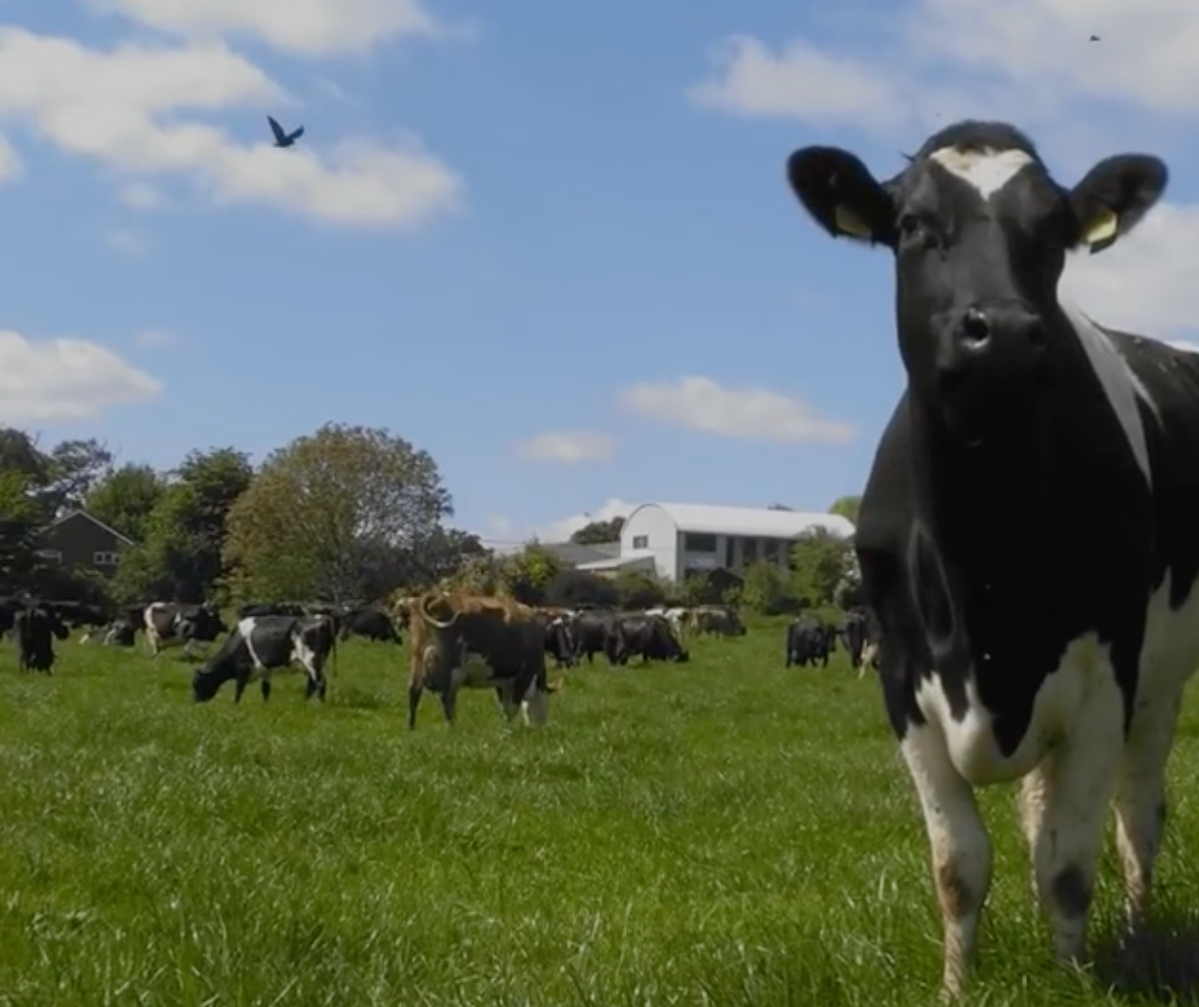
Mile Bridge Dairy unit was built on a green field site in 1997 when the Estate's former dairies were amalgamated into one.
Managed by Gavin Green, the dairy has a team of 12 full-time and part-time staff, including retained consultant Keith Davis and team leader Pawel Wegelewski.
Located in Gloucestershire, Lydney Park is a 640-ha farm located on the Lydney Park estate. The land ranges from low lying Severn flood plain to undulating pastures adjacent to the ancient woodland of the Forest of Dean.
Gavin and Kieth are focused on increasing the sustainability of the dairy at Lydney Park Farms.
As a spring block-calving herd, fertility is the main driver of efficiency alongside grazed grass. The genetics have been adapted to suit the system since it changed in 2007, and previous arable ground has been added to the milking platform.
With an SSSI on the farm and ELS and HLS agreements in place, they are now looking at sward diversity to improve biodiversity and soil management within the grazing system.The farm has also recently become an AHDB Strategic Dairy Farm.
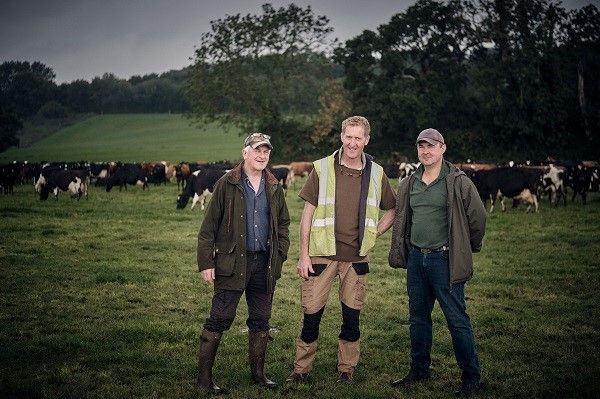
“What is important to us at Lydney is that at the end of the three-year period, as a Strategic Dairy Farm, we are a more focused, profitable and environmentally sustainable farm with a happy and motivated team.”
Our herd
This spring-calving herd of 850 Jersey X cows averages 4,750 litres per cow per year at 5.30% butterfat and 3.93% protein.
The heifers are reared on another farm, breeding 200 replacements a year, with the rest going into beef. Gavin and Keith used cow genetics, low-cost grass-based systems and milking routines to increase productivity on farm.
Our journey
From 1997 until 2007, Lydney Park Farms had a fully housed, three-times-a-day milking herd of Holsteins.
In an effort to find a more efficient and less intensive system, the cows were turned out to grass, and Gavin and Keith started to cross-breed their herd with Jerseys to help with fertility and increase milk solids.
A low-cost grass-based spring calving system was adopted with arable land from the estate laid to grass to suit the increased number of cows, which reached 800 in 2008.
With long-standing times at the pre-existing 32-point rotary parlour, they switched to once-a-day milking, with cow numbers peaking at 1000. However, they have recently switched back to twice-a-day milking and reduced cow numbers to 850 as they believe this is the best system for the farm to maximise overall productivity.

